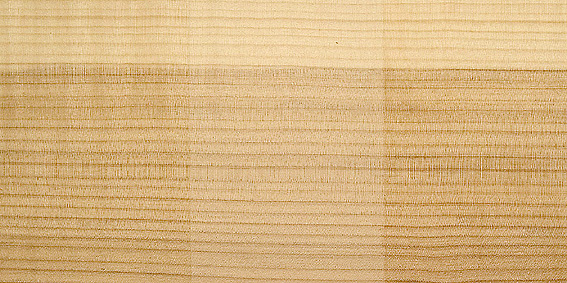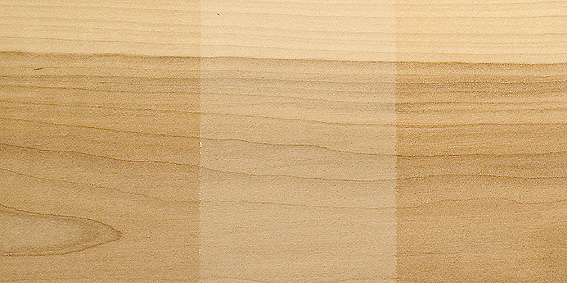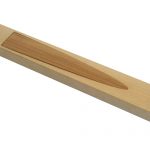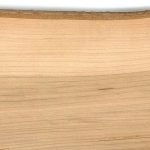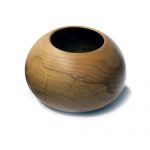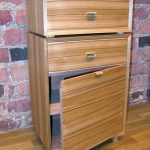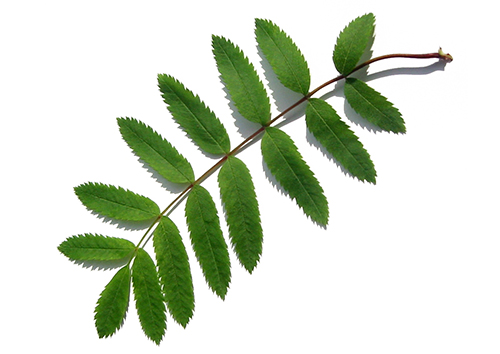
- Rönn (S)
- Rowan (GB)
- Eberesche (D)
- Le sorbier domestique (F)
Rowan was a sacred tree for ancient finnish people. They were afraid that cutting a rowan down would bring bad luck.
Distribution
- Rowan has spread all over Europe, and it is a common plant in Asia as well.
- It is a common species throughout Finland. It grows all the way to the tree line in the north.
- Sorbus hybrida and Sorbus intermedia grow in Finland, too. They can be found in the Southwestern part of the country.
Habitat
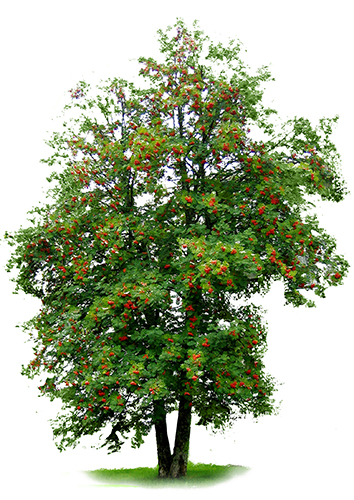
- Rowan thrives in rich soils that are either dry or moist, for example grassy woodlands, peaty forests with heavy moss and lichen cover, hardwood swamps, shores and cliffs.
- It requires a lot of daylight.
- On a favorable habitat a young rowan is fast-growing, but as it gets older the growth slows down.
- Rowan has an extensive root system, which grows shoots easily. Thanks to its root system rowan withstands storms.
Growth characteristics
- Rowan may grow as much as 20 meters high.
- Rowans can have straight trunks and branchless stems if they are grown in a grove dense enough
- Rowan saplings grow fast at the beginning, but the trees often remain small-sized.
- Large rowans with a single trunk can be found in the best habitats, but they are rare.
- Rowan grows limbs easily, and therefore it often grows as a bush formed by several thin trunks.
- Due to its durability, foliage, flowers and berries, rowan has been a popular tree alongside park avenues.
- Rowans hybridize easily, which is why there are a lot of different hybrids.
- Rowan withstands delimbing, which makes it suitable wood for sawn timber.
Properties of the wood
- Rowan wood is divided into light reddish or yellowish cambium and the grey- brown heartwood.
- The annual rings are clearly distinguishable and the wood is beautifully patterned lengthwise. Flame patterned rowan wood is also wanted raw material.
- Rowan wood has dense surface and it is somewhat scentless.
- The wood is quite hard, tough and flexible. During the drying process it does not warp nor crack. The weight of air-dry sawn timber is 650 kg/m3.
- Due to its charateristics it is excellently suitable for furniture wood.
- It easy to work, lathe and surface finish.
- A-class rowan is free of knots and even in colour. The amount of heartwood should be at least 70%, and it should not contain rot. This wood is used as raw material in the carpentry industry.
- B- and C-class wood can have knots and variation in colour. C-class wood may also have rot and cracks.
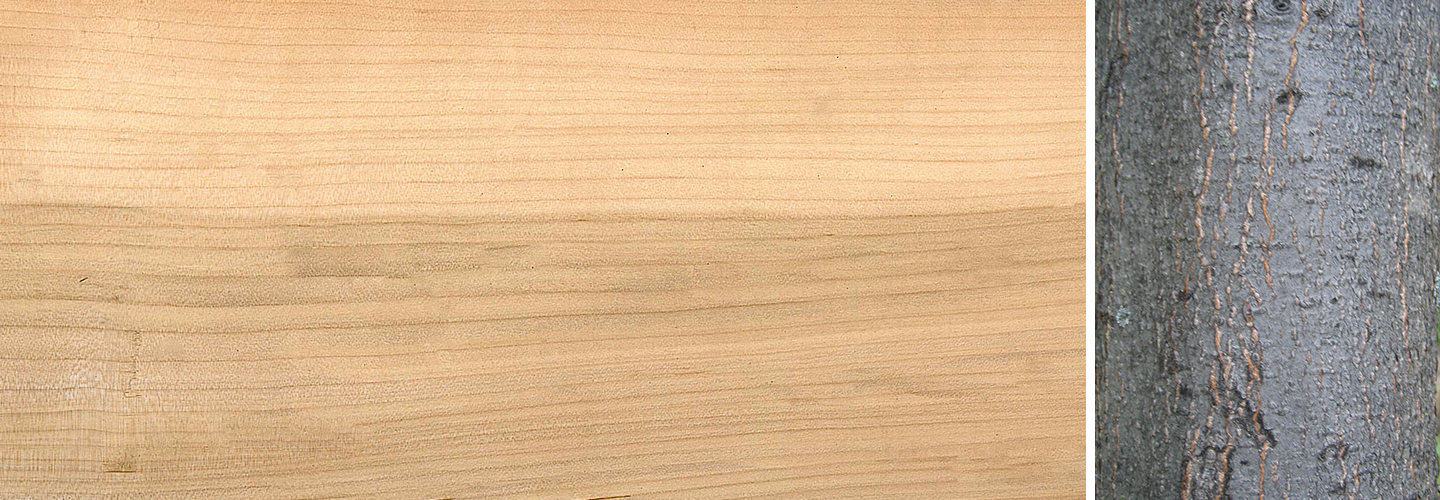
Surface treatment
The wood samples have been surface treated as such:
- Left, water-based acrylic lacquer
- Center, no treatment
- Right, two component catalystlacquer or oil
Radial cut
Tangential cut
Usage
- The appreciation of rowan for carpentry is rising.
- It is used in the carpentry industry to make furniture, decorativ items and utility articles.
- Traditionally rowan has been used in carvings, for example the rake teeth.
- In the making of large sized furniture, it is on average not easy to acquire enough evenly coloured heartwood.
